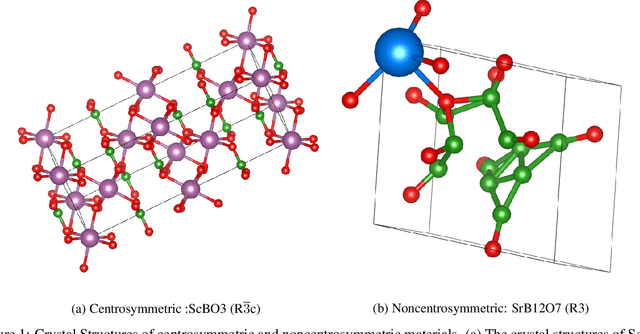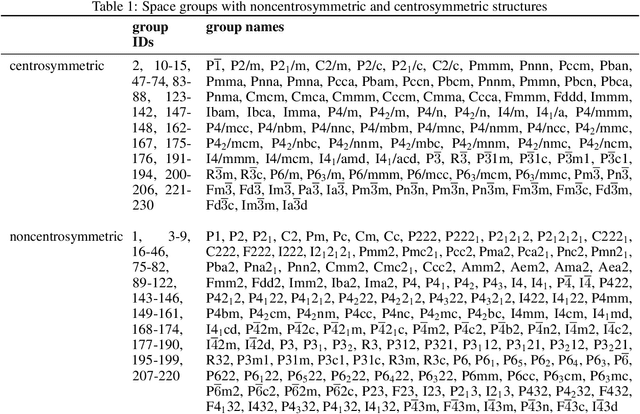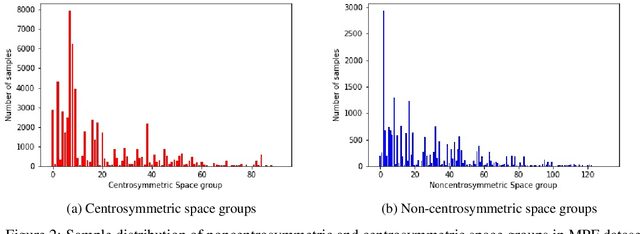Joseph Lindsay
A Novel Stochastic LSTM Model Inspired by Quantum Machine Learning
May 17, 2023Abstract:Works in quantum machine learning (QML) over the past few years indicate that QML algorithms can function just as well as their classical counterparts, and even outperform them in some cases. Among the corpus of recent work, many current QML models take advantage of variational quantum algorithm (VQA) circuits, given that their scale is typically small enough to be compatible with NISQ devices and the method of automatic differentiation for optimizing circuit parameters is familiar to machine learning (ML). While the results bear interesting promise for an era when quantum machines are more readily accessible, if one can achieve similar results through non-quantum methods then there may be a more near-term advantage available to practitioners. To this end, the nature of this work is to investigate the utilization of stochastic methods inspired by a variational quantum version of the long short-term memory (LSTM) model in an attempt to approach the reported successes in performance and rapid convergence. By analyzing the performance of classical, stochastic, and quantum methods, this work aims to elucidate if it is possible to achieve some of QML's major reported benefits on classical machines by incorporating aspects of its stochasticity.
Machine Learning based prediction of noncentrosymmetric crystal materials
Feb 26, 2020



Abstract:Noncentrosymmetric materials play a critical role in many important applications such as laser technology, communication systems,quantum computing, cybersecurity, and etc. However, the experimental discovery of new noncentrosymmetric materials is extremely difficult. Here we present a machine learning model that could predict whether the composition of a potential crystalline structure would be centrosymmetric or not. By evaluating a diverse set of composition features calculated using matminer featurizer package coupled with different machine learning algorithms, we find that Random Forest Classifiers give the best performance for noncentrosymmetric material prediction, reaching an accuracy of 84.8% when evaluated with 10 fold cross-validation on the dataset with 82,506 samples extracted from Materials Project. A random forest model trained with materials with only 3 elements gives even higher accuracy of 86.9%. We apply our ML model to screen potential noncentrosymmetric materials from 2,000,000 hypothetical materials generated by our inverse design engine and report the top 20 candidate noncentrosymmetric materials with 2 to 4 elements and top 20 borate candidates
 Add to Chrome
Add to Chrome Add to Firefox
Add to Firefox Add to Edge
Add to Edge